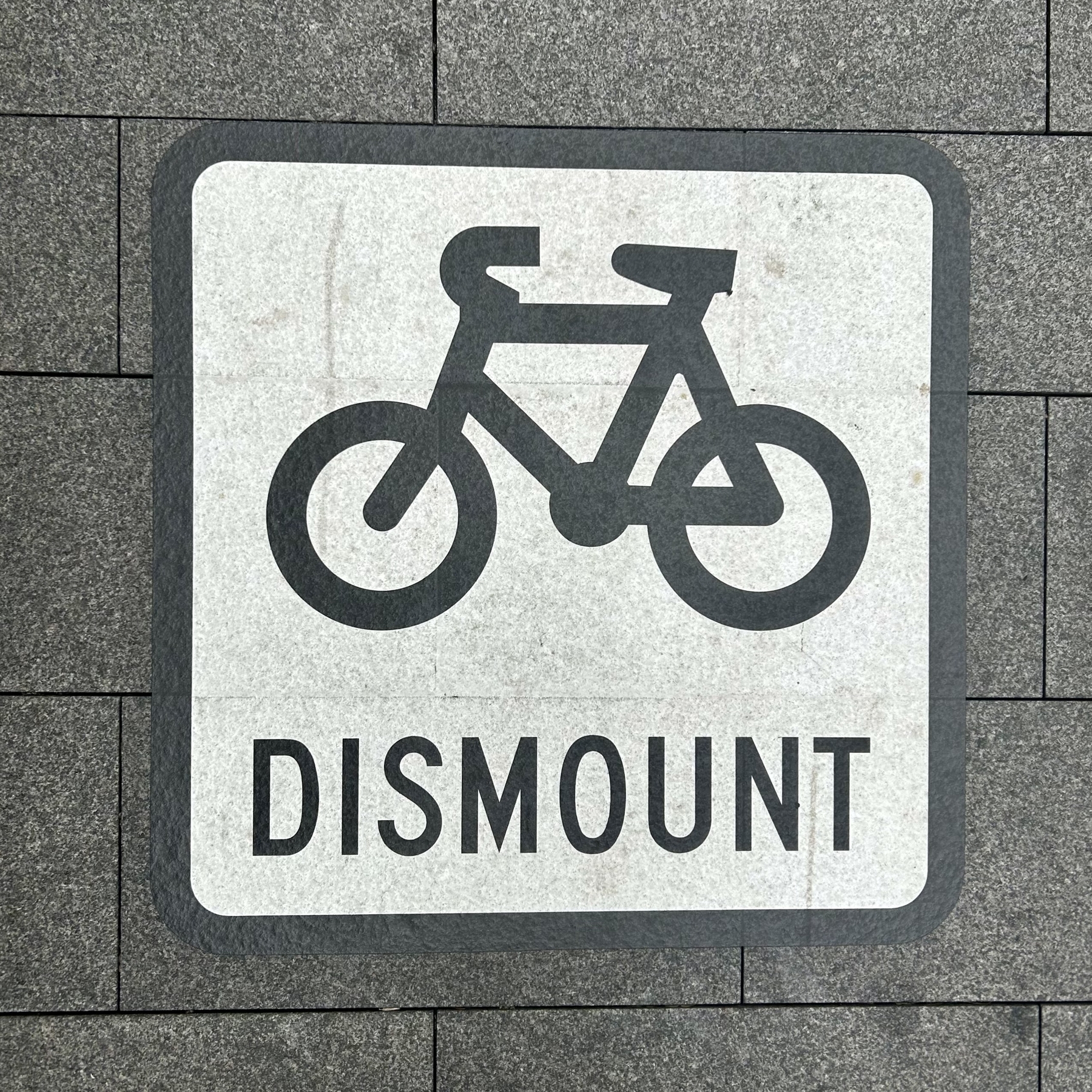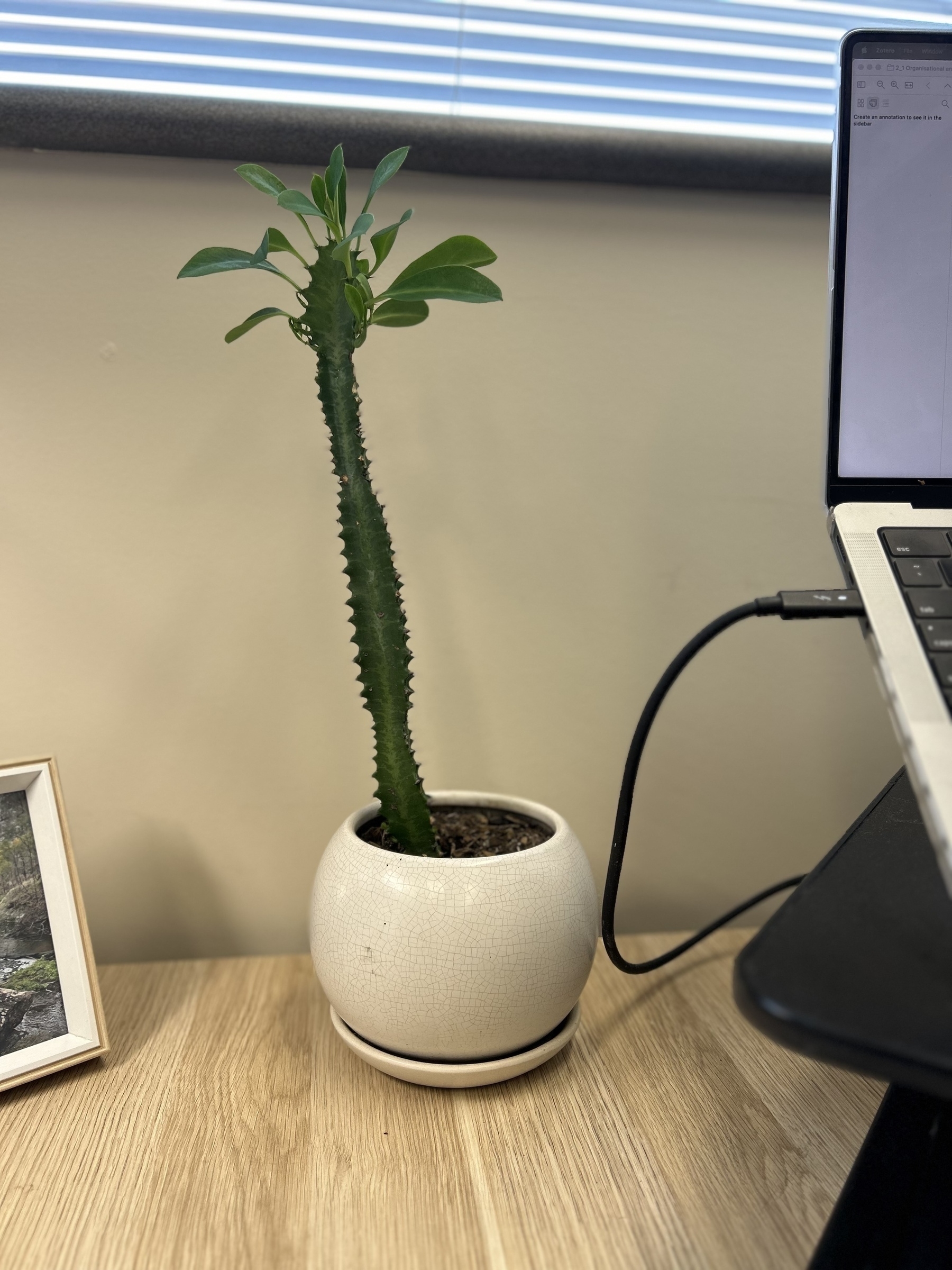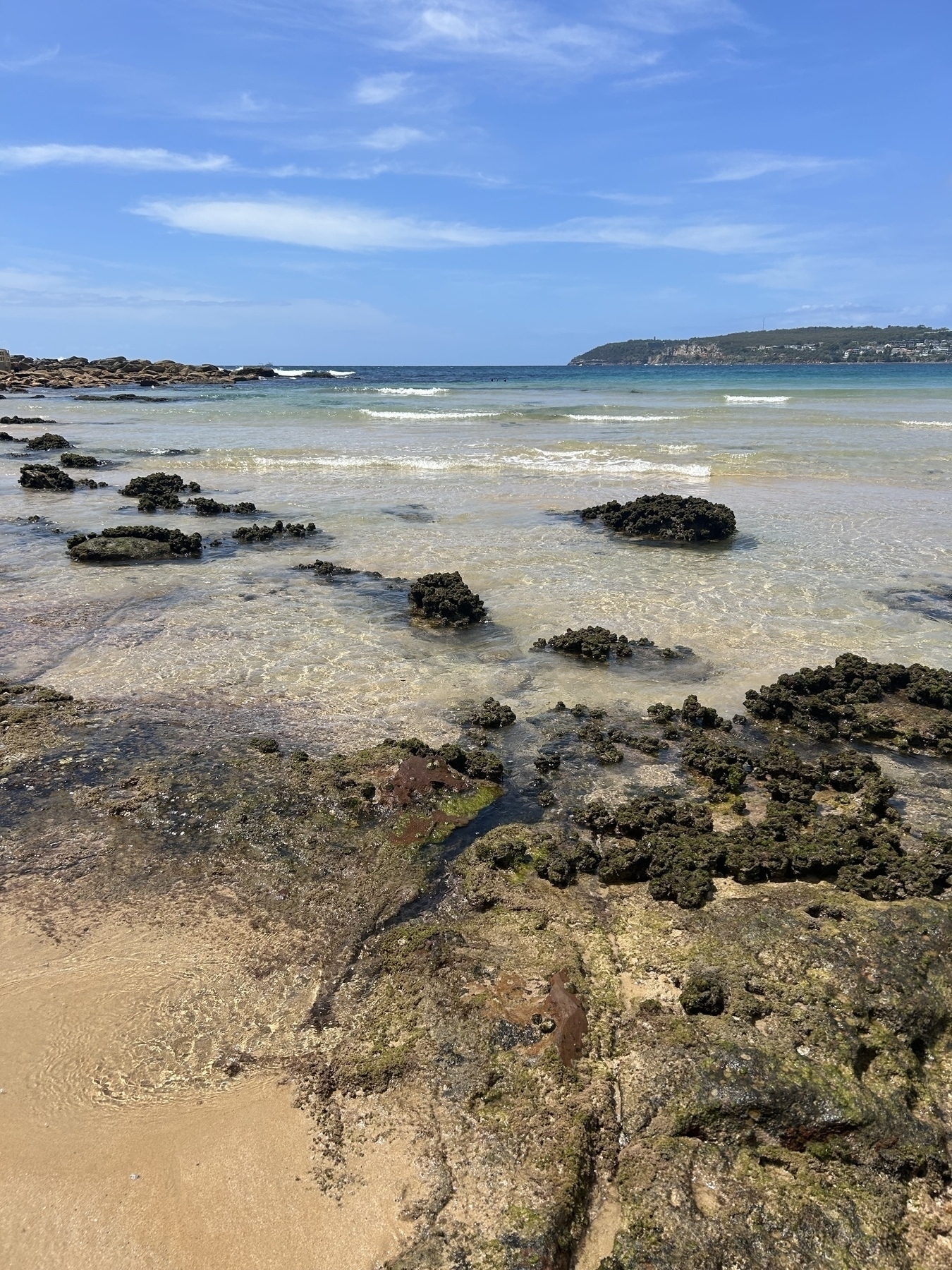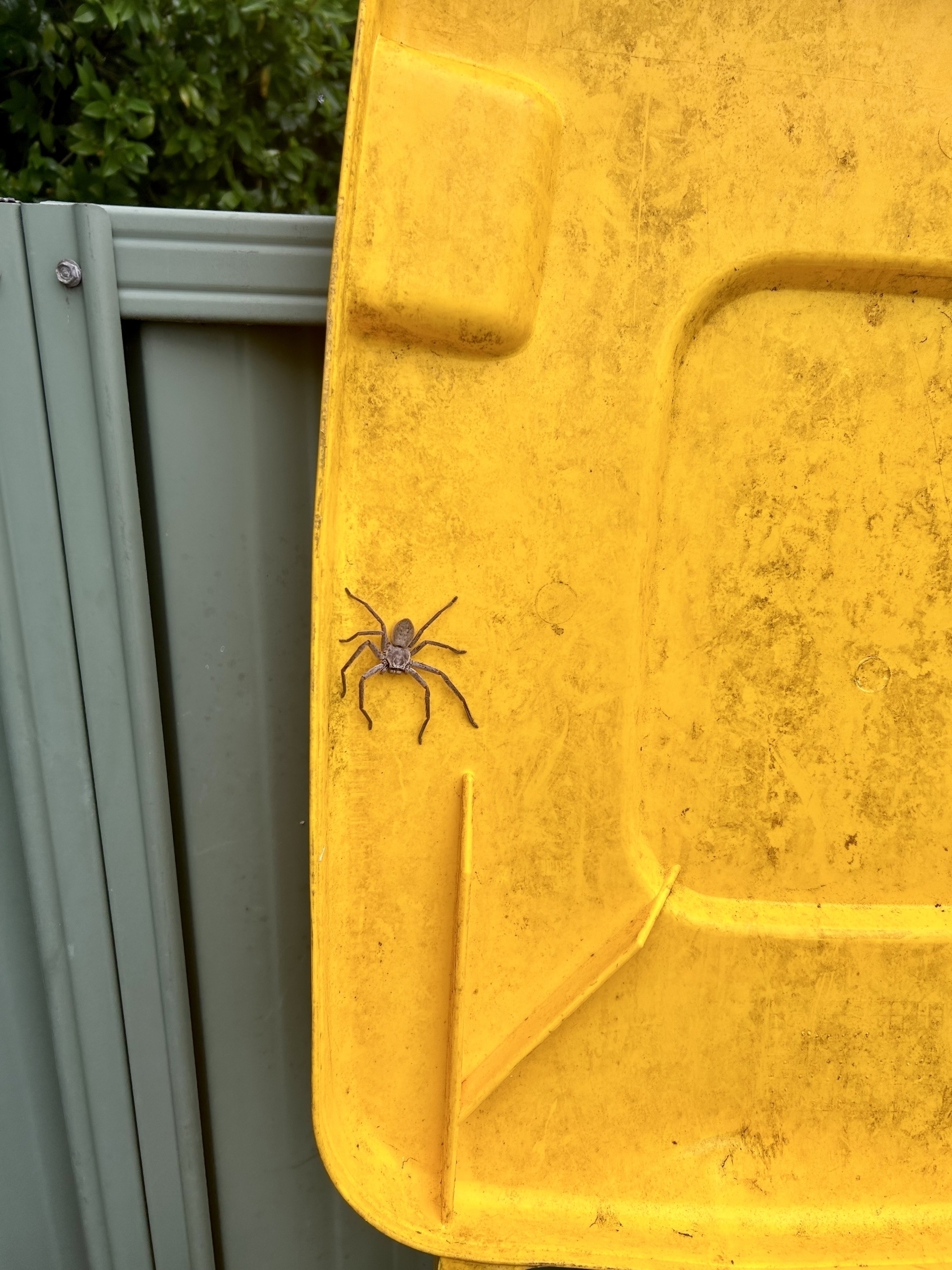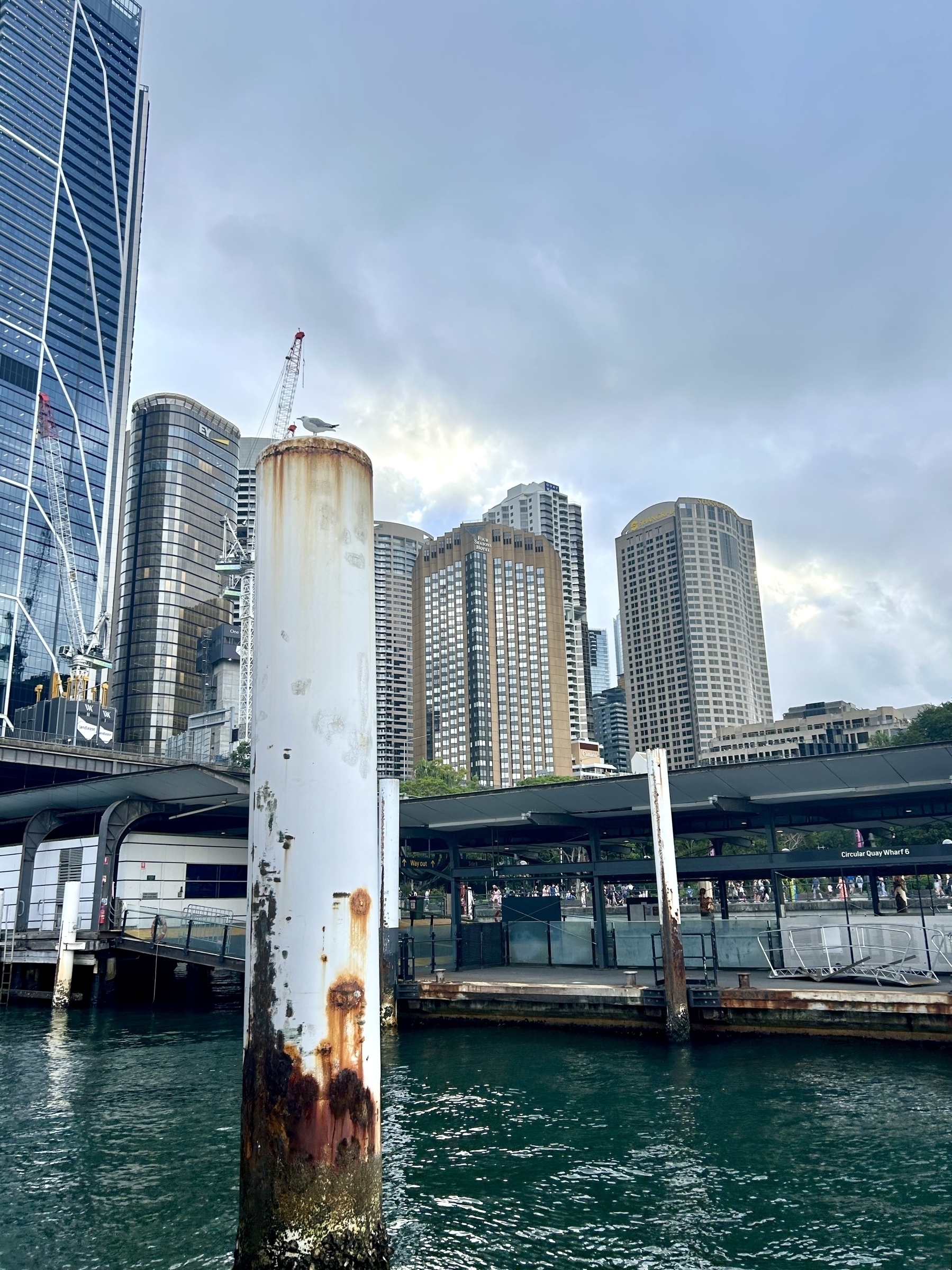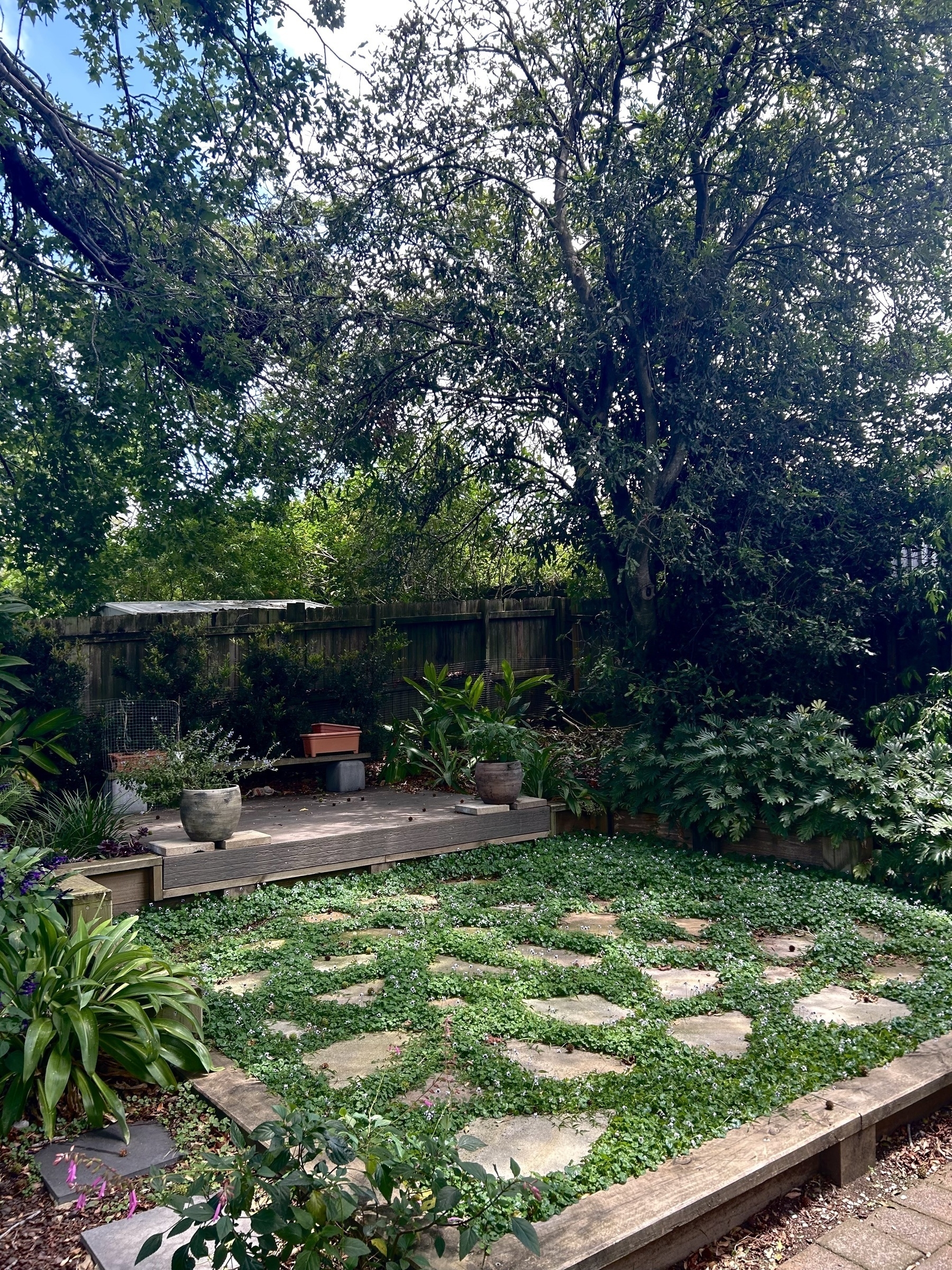Photos
In what year was the first emoji-like character set developed? Your guess is almost certainly wrong.
Emoji History: The Missing Years - Get Info

The Brazilian JSOC for the environment
This is pretty wild. Brazil has created a (massively underfunded) JSOC for the environment.
In 2013, Cabral secured approval to build a unit of rangers who were committed to saving the environment, by force if necessary. The next year, he was shot in the shoulder when he and his men surprised illegal loggers in the woods; he was back at work in less than two months.
The members of the G.E.F. (the acronym stands for Specialised Inspection Group in Portuguese) are biology nerds who found themselves carrying guns—a gang of jungle Ghostbusters. They undergo intensive training, developed by a specialized police unit that fights organized crime.
Most members of his team had graduate degrees in the sciences. Renato, a muscular man of thirty-four with a shaved head, had specialized in fish ecology. During raids, he did a lot of the heavy lifting, keeping up a cheerful patter as he destroyed mine equipment; other times he fixed engines. Alexandre, forty-eight and the father of two young girls, had worked in a national park and in fisheries regulation before taking the G.E.F. training course. “I’d never imagined working with weapons,” he said, but he had shown an unexpected aptitude. He was generally a guard, calmly scrutinizing the surrounding forest with a gun at his shoulder.
The only nonscientist was Marcus—a former lawyer, forty-two, tall and rangy, with an easygoing manner. At the headquarters, in Brasília, he procured weapons and ammunition for the group; in the field, he was often a guard. Growing up in the interior province of Goiás, he aspired to be a photographer for skate magazines, until his parents persuaded him to go to law school instead. Halfway through, he attended a ceremony of the União do Vegetal, a Christian sect that incorporates ayahuasca in its sacraments. “During the opening chant, I left my body,” he recalled. “I started to see the Amazon rain forest and found myself walking through it in a uniform with a team, while Indigenous people chanted behind me. That moment filled me with joy, and there I discovered the mission of my life.”
The Brazilian Special-Forces Unit Fighting to Save the Amazon newyorker.com
Reader: www.newyorker.com
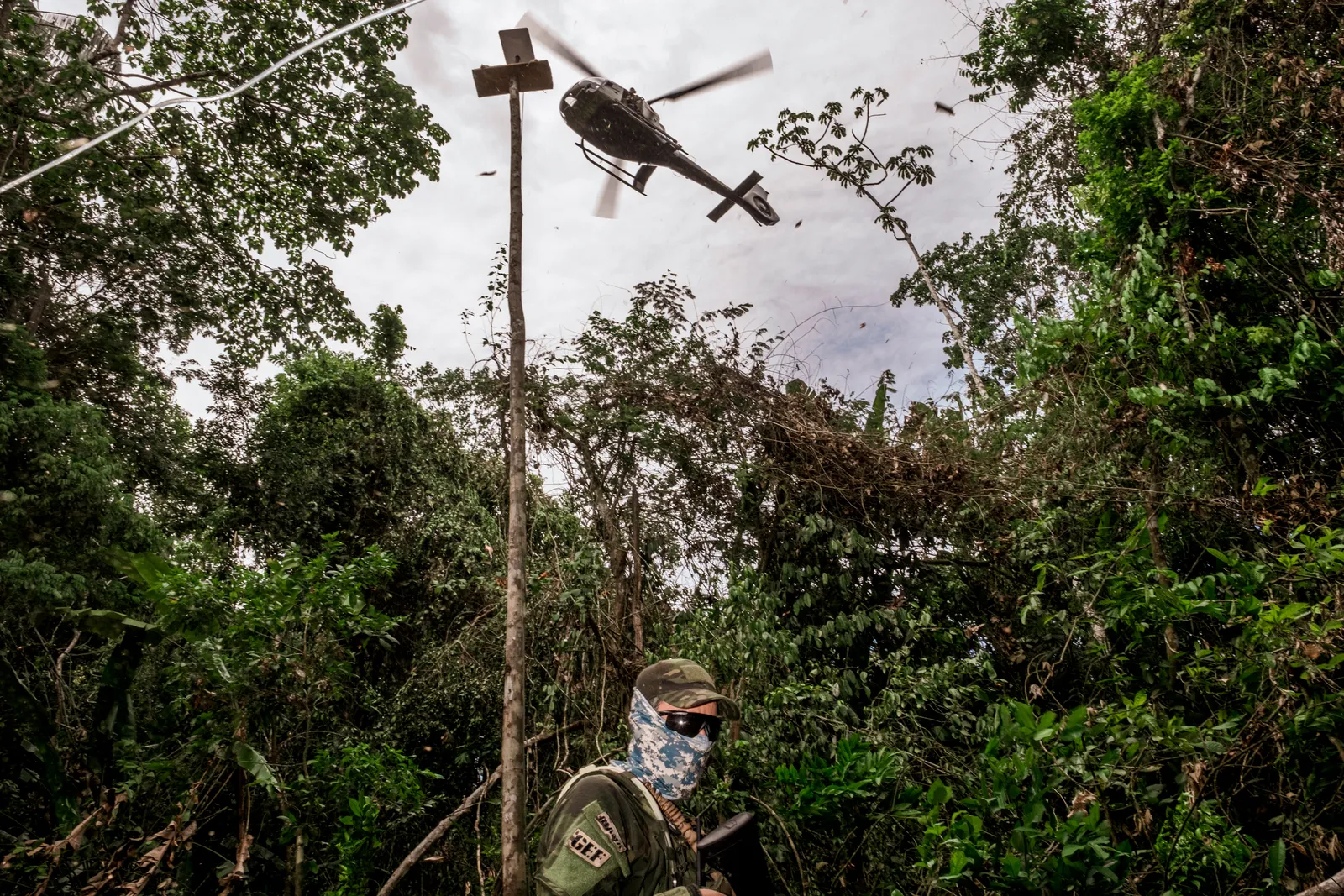
Using AI to read the Herculaneum papyrus scrolls, carbonised when Venusius erupted 2,000 years ago
A great story about uncovering the words locked inside carbonised Roman scrolls. We should be using machine learning for more things like this, and using it to impersonate humans less.
In the modern era, the great pioneer of the scrolls is Brent Seales, a computer science professor at the University of Kentucky. For the past 20 years he’s used advanced medical imaging technology designed for CT scans and ultrasounds to analyze unreadable old texts. For most of that time he’s made the Herculaneum papyri his primary quest. “I had to,” he says. “No one else was working on it, and no one really thought it was even possible.”
Progress was slow. Seales built software that could theoretically take the scans of a coiled scroll and unroll it virtually, but it wasn’t prepared to handle a real Herculaneum scroll when he put it to the test in 2009. “The complexity of what we saw broke all of my software,” he says. “The layers inside the scroll were not uniform. They were all tangled and mashed together, and my software could not follow them reliably.”…
Unlike today’s large-language AI models, which gobble up data, Farritor’s model was able to get by with crumbs. For each 64-pixel-by-64-pixel square of the image, it was merely asking, is there ink here or not? And it helped that the output was known: Greek letters, squared along the right angles of the cross-hatched papyrus fibers.
Can AI Unlock the Secrets of the Ancient World? - Businessweek
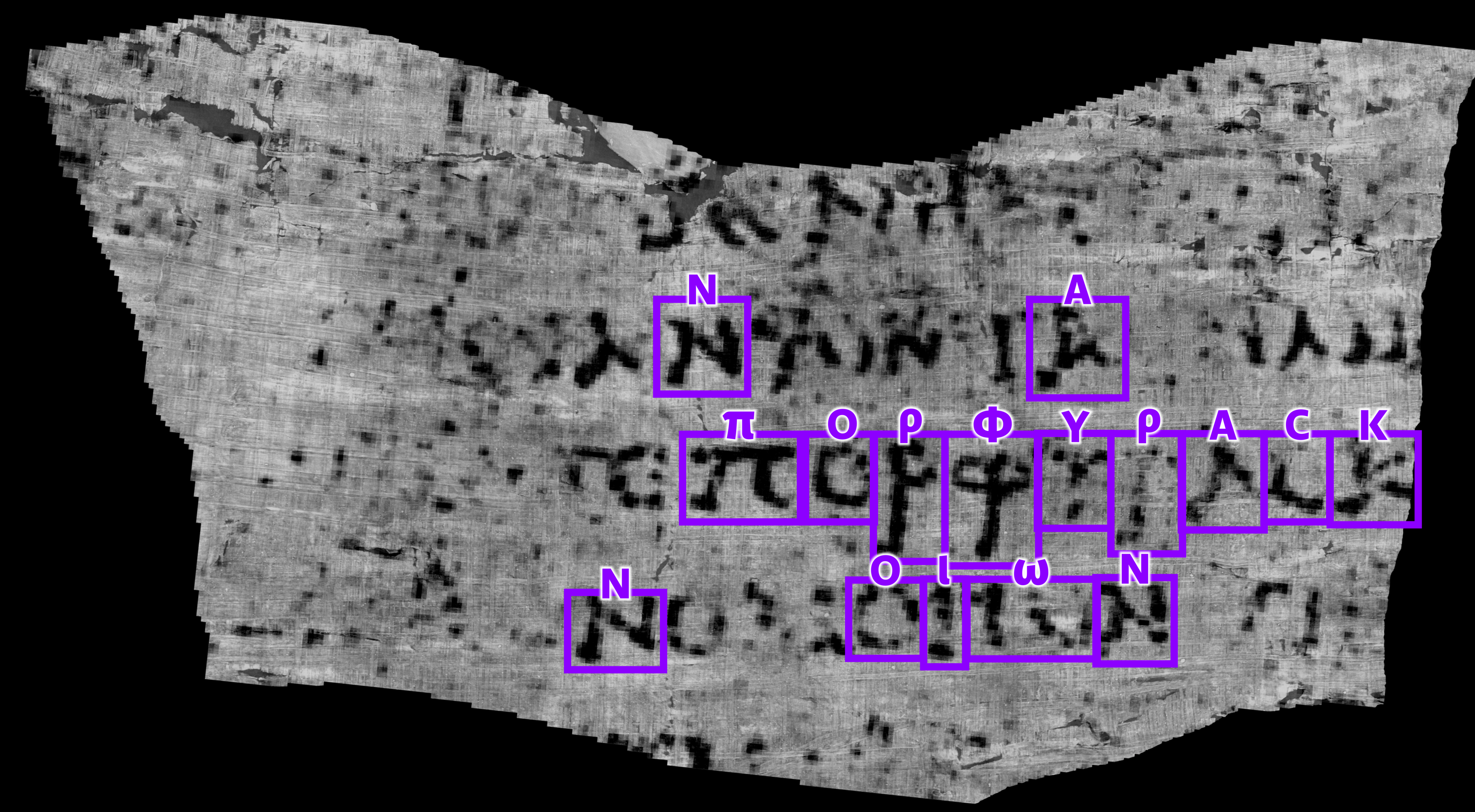
Land grabs, tax breaks and environmental damage: Musk's Texas takeover
“The beach has always been a special privilege to us. It has enriched our quality of life despite the low pay that is available to us,” Serrano said. “Traditionally, people have called it the Poor People’s Beach.” Now, the tourists who visit the shore (when it isn’t closed to beachgoers) to gawk at the SpaceX rockets in the distance have a different name for it, Serrano said: Elon’s Beach.
Elon Musk’s Texas Takeover - Mother Jones
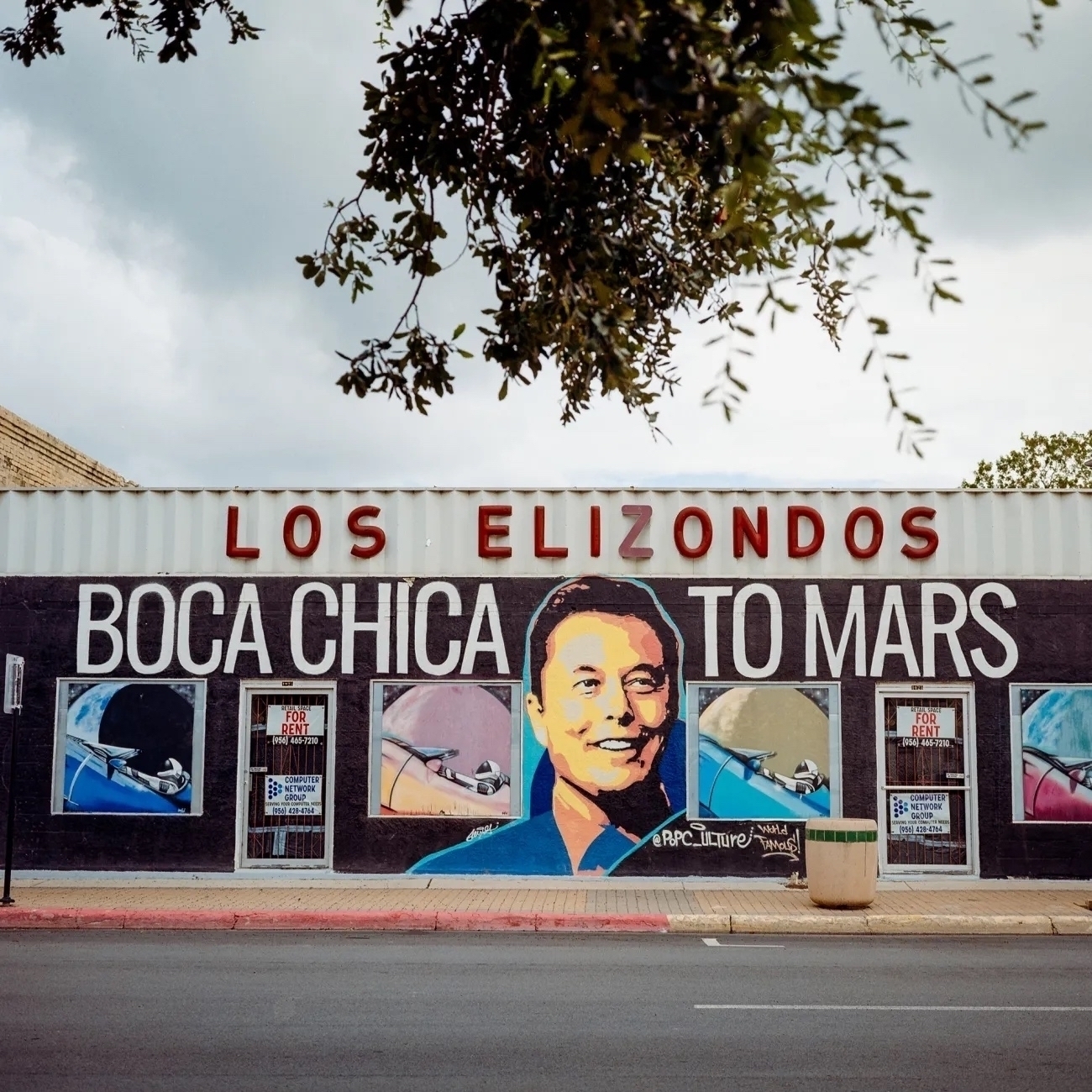
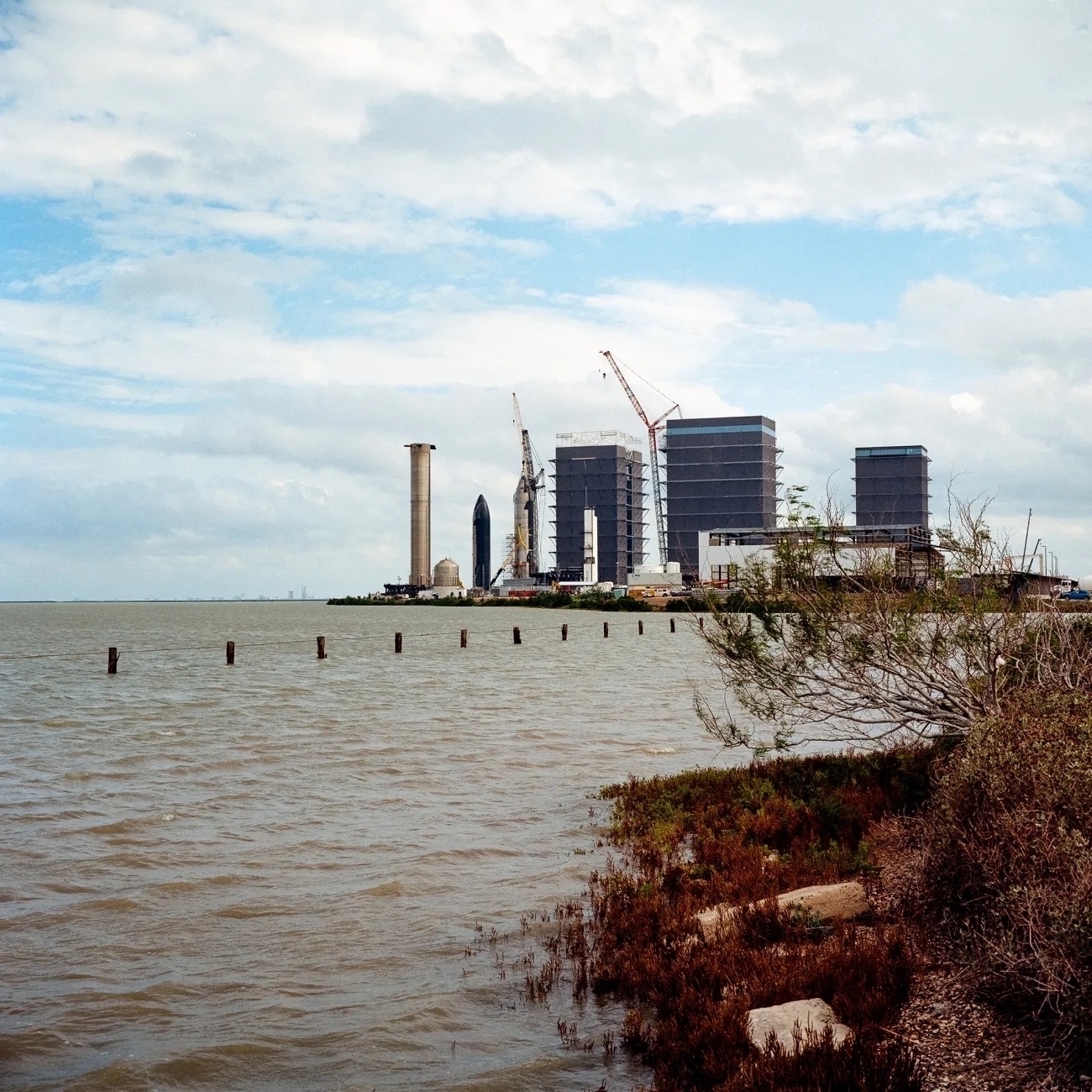
I love my phone case designed by Ailantd Sikowsky - you can get them from Redbubble

The value of architecture and design in aged and dementia care is clear - but routinely overlooked
Village Landais, which opened in 2020 and was recently highly commended in Dezeen’s annual design awards, aims to give as much agency and freedom, real and apparent, to the villagers, as the staff call them, as possible. The five-hectare complex has a fence around it, as it must for the safety of vulnerable residents, but within its boundary people can come and go, more or less as they choose. They can stroll around the open spaces (or run, or cycle, as people with Alzheimer’s can also be physically fit), visit their neighbours, go to the restaurant or to a show in the village auditorium, attend to animals and plants in a mini-farm and a kitchen garden.
Hopefully this kind of approach can be made more accessible, and not simply for the rich.
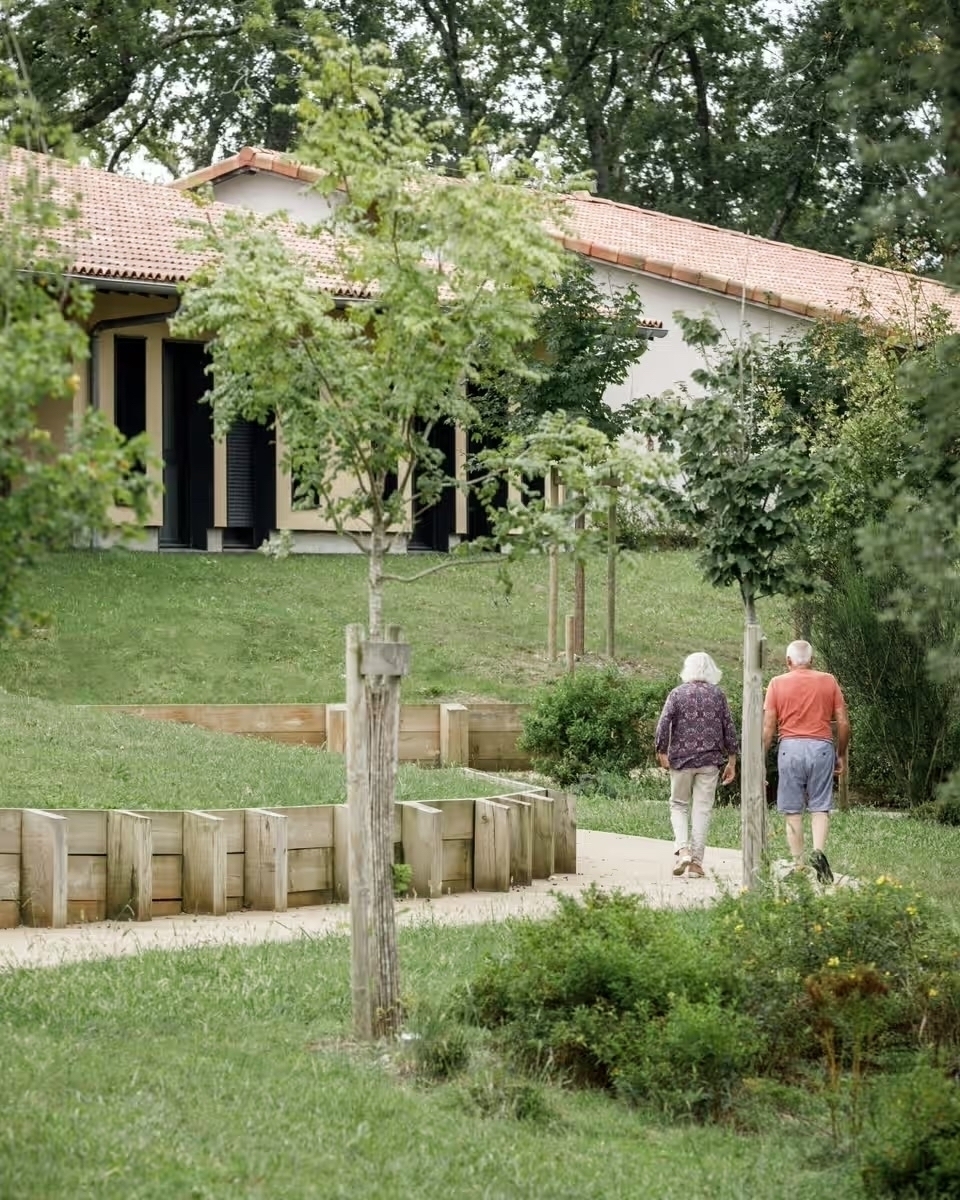
Computers were a Mistake: Pandora's Box Edition

Interesting piece by Siva Vaidhyanathan in the Guardian:
Billions of people use such a device now, but hardly anyone peeks inside or thinks about the people who mined the metal or assembled the parts in dangerous conditions. We now have cars and appliances designed to feel like an iPhone – all glass, metal, curves and icons. None of them offer any clue that humans built them or maintained them. Everything seems like magic.
Forty years ago Apple debuted a computer that changed our world, for good or ill - The Guardian
I was incredibly excited when my father bought a Mac in 1985. I even made the invitations for my eighth birthday party in Paint.
Vaidhyanathan is right though. It represented a clear transition, where computers began to mask their origins and impacts. They were seen as countercultural items for those seeking to be "both hip and rich”. The first objects from interstitial space, rather than markers of those spaces.
Image credit: Mac by Thomas Hawk
Starting 2,000 year ago, an indigenous "garden urbanist" culture developed in Ecuador with more than 6,000 gardening platforms and 15 urban centres linked by roads
From Scientific American:
Archaeologists recently rediscovered the long-hidden traces of an ancient Indigenous society in western Ecuador’s Upano Valley: more than 6,000 earthen platforms that once supported houses and communal buildings in 15 urban centers, set amid vast tracts of carefully drained farmland and linked by a network of roads
Link to peer reviewed publication





